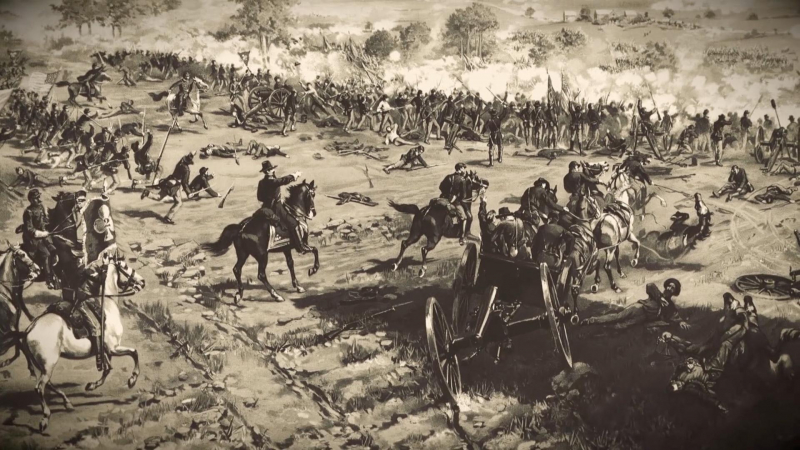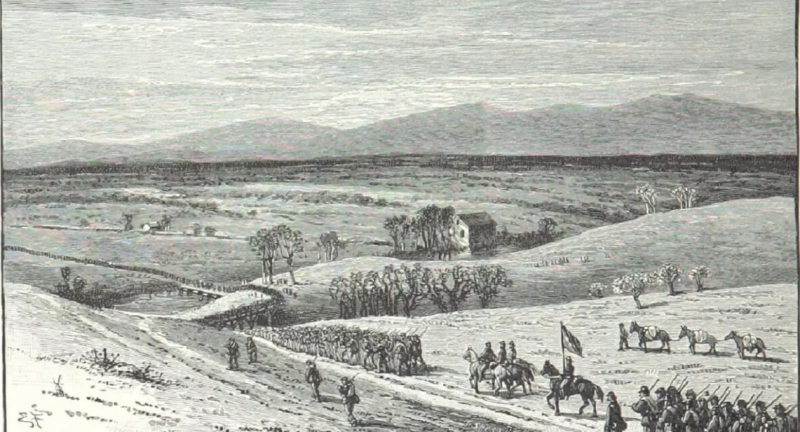On the first day of the battle, Hooker passes on opportunity, ceding the initiative to Lee
Another fact is that on the first day of the battle, Hooker passes on the opportunity, ceding the initiative to Lee. On May 1, Hooker marched from Chancellorsville toward Lee, but in the face of superior numbers, the Confederate general split his army, leaving a small force at Fredericksburg to dissuade Maj. Gen. John Sedgwick from advancing while attacking Hooker's advance with roughly four-fifths of his army. Despite his subordinates' protests, Hooker withdrew his forces to the defensive lines around Chancellorsville, handing the initiative to Lee.
Stonewall Jackson saw two divisions of Confederates fortifying a ridge at Zoan Church on May 1. He told them to put down their shovels, pick up their firearms, and march toward the Union soldiers to attack. The Union forces had just chosen to resume their advance and had not anticipated any Confederate resistance. Hooker ordered his forces to retreat and take defensive positions in the forest.
Hooker's left flank was solidly moored on the Rappahannock by Meade's V Corps, and his center was heavily entrenched, while his right wing was "in the air." Howard's XI Corps was positioned on the Orange Turnpike, which extended past Wilderness Church, making it exposed to a flanking attack. Investigations into a way to the flank led to the discovery of Charles C. Wellford, the proprietor of Catharine Furnace, who showed Jackson's mapper, Jedediah Hotchkiss, a recently constructed road through the woodland that would conceal marchers from the observation of Union pickets. Lee ordered Jackson to conduct a flanking march, identical to the one that had been so successful before the Second Battle of Bull Run (Second Manassas).












